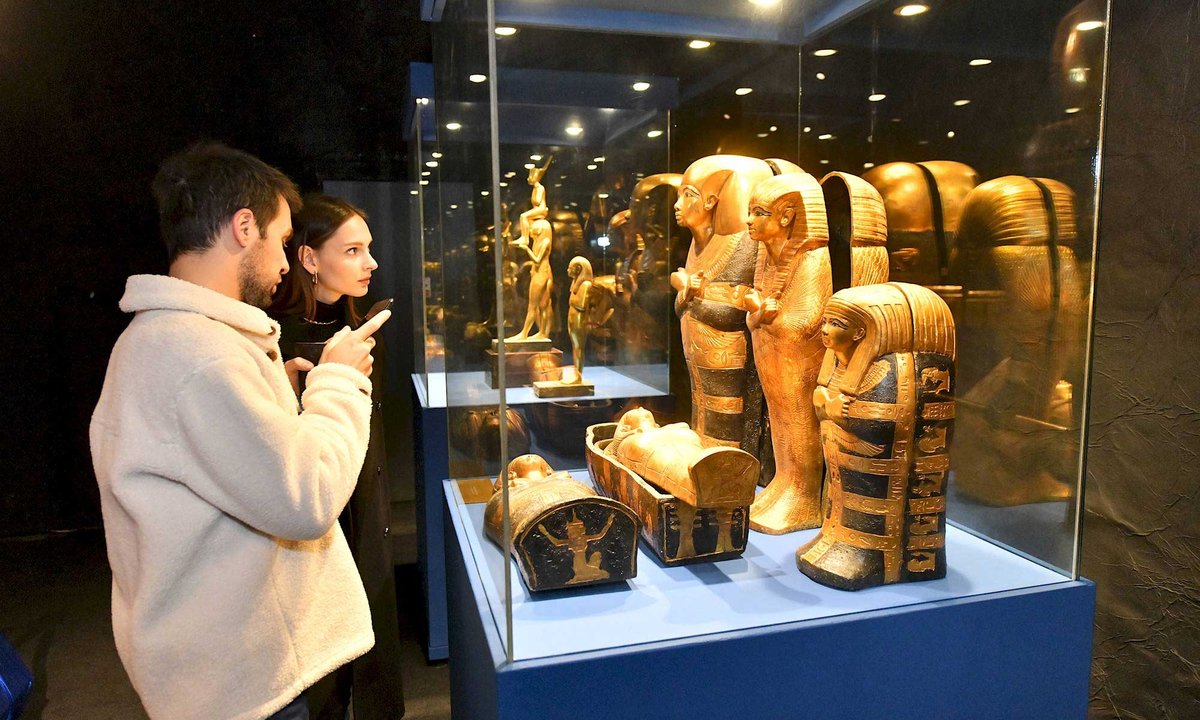
"Will Korner, head of fairs at the TEFAF art fair and director of the Cultural Heritage at Risk Database, states that private collectors will now face disproportionate burdens in loaning artefacts to temporary exhibitions. He emphasizes that the implications of the new regulation could deter collectors from lending their pieces, as the bureaucracy could overshadow the cultural and educational benefits of these exhibitions."
"The complete documentation required by EU Regulation 2019/880 will likely strain relationships between museums and private collectors, potentially limiting the diversity of exhibitions and access to historical artefacts. Korner expresses concern that these rules may inadvertently close off valuable connections in the art world, particularly as they pertain to loans from collectors outside the EU."
The EU's Regulation 2019/880, which aims to combat the trafficking of looted antiquities, imposes stringent documentation requirements for importing cultural goods, potentially at odds with museum exhibitions. While the law offers exemptions for educational and conservation purposes, these are limited to temporary loans from museums, excluding private lenders from its benefits. Critics, including museum directors and collectors, warn that the complexity of compliance could deter private collectors from lending artefacts, thereby restricting exhibitions and undermining cultural exchanges. The concern extends beyond the regulatory framework, with ramifications for relationships within the art community.
Read at Theartnewspaper
Unable to calculate read time
Collection
[
|
...
]